


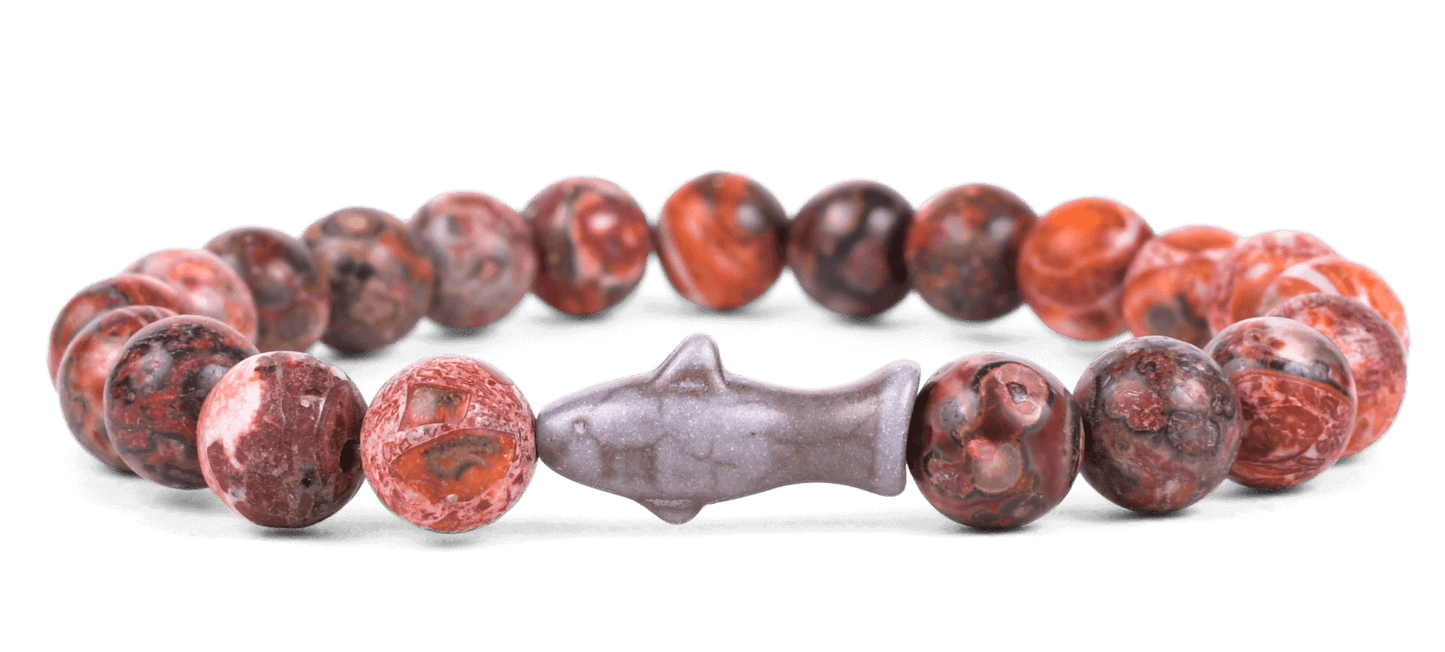
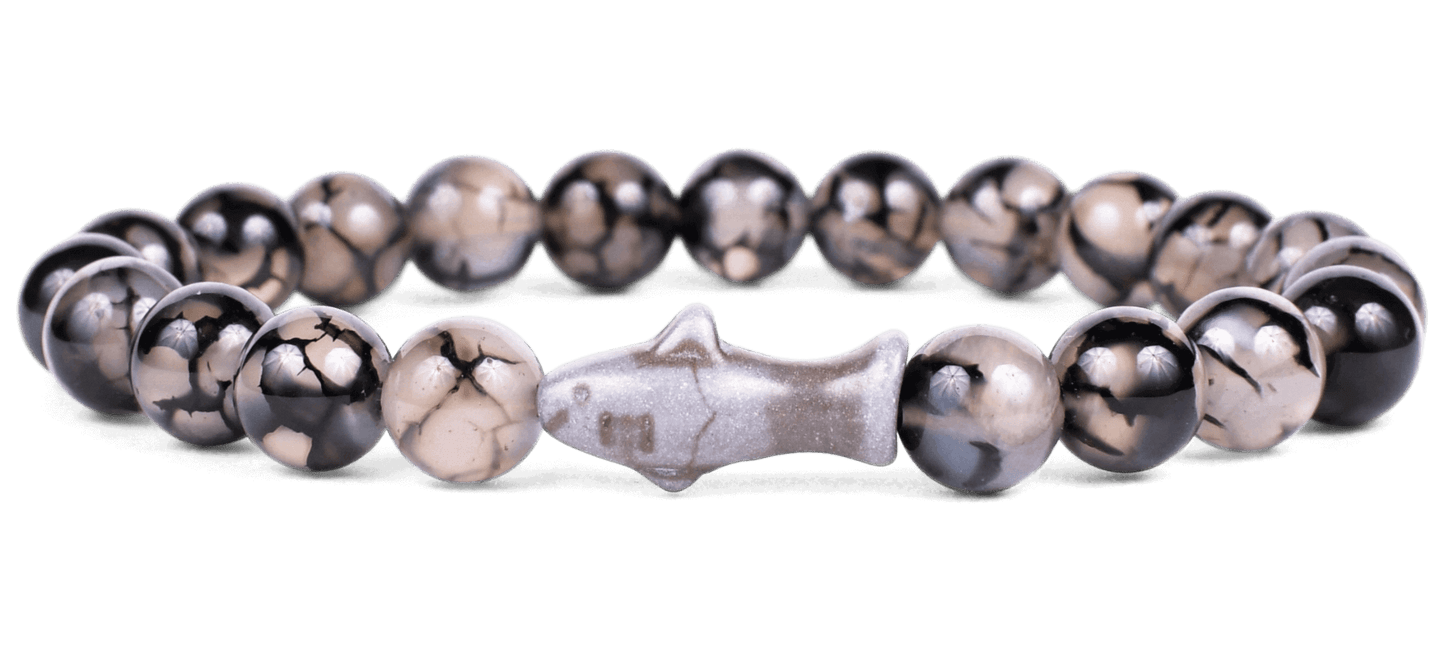






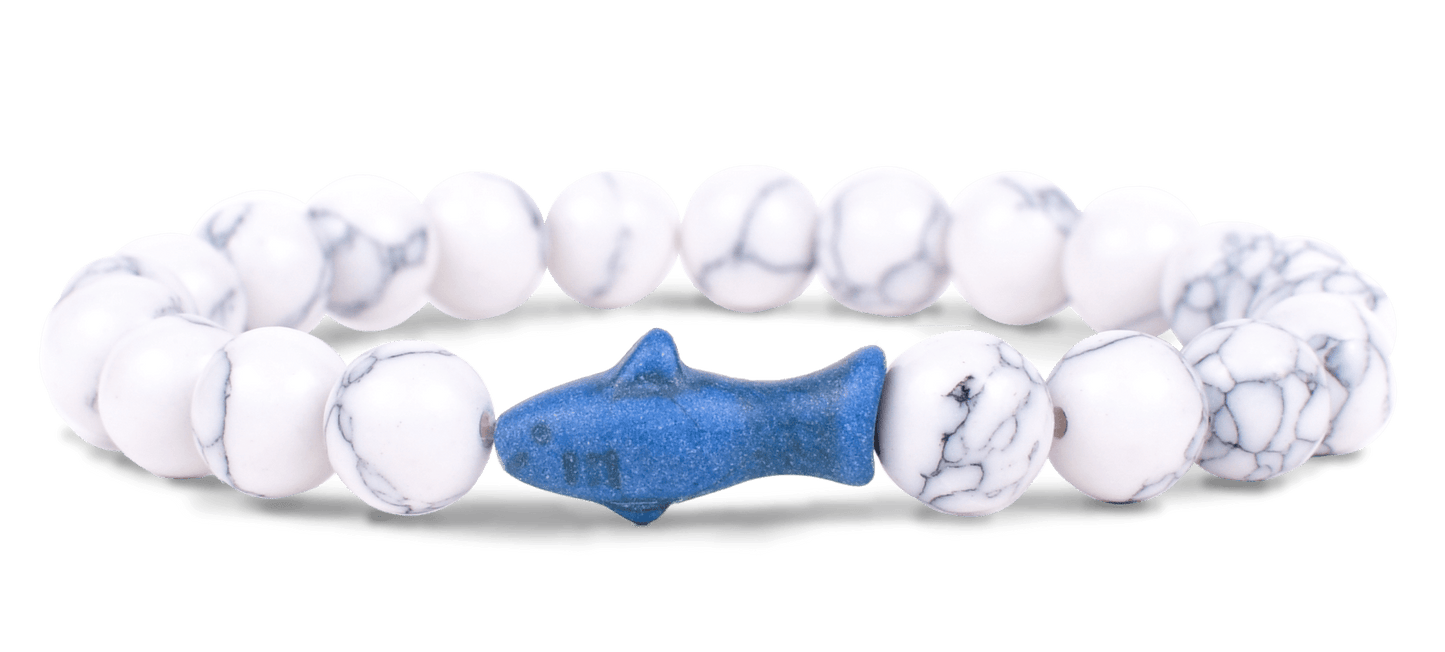


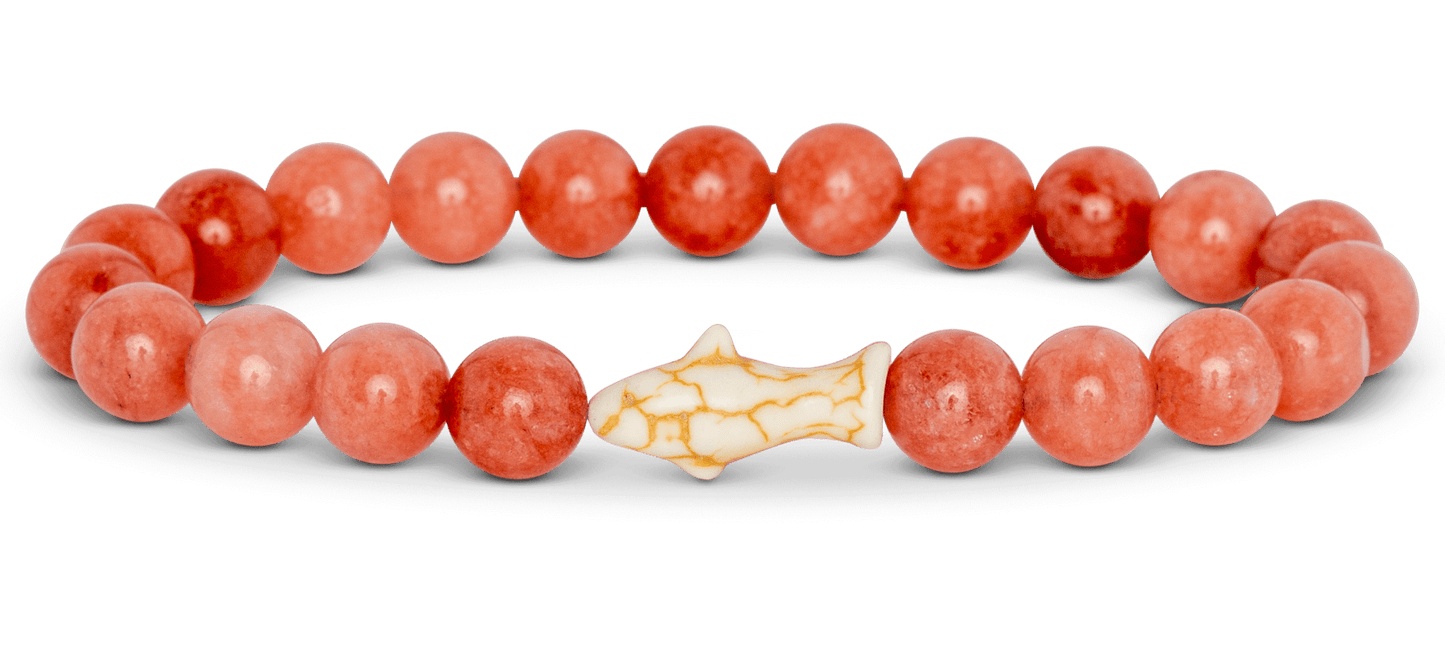
Each Bracelet Comes With
a Real Shark to Track
Each Bracelet Comes
With a Real Shark To
Track
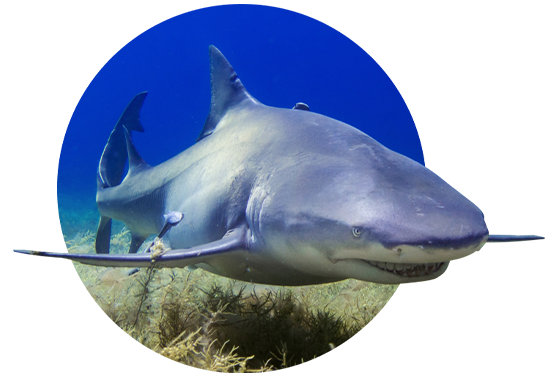
Learn your sharks name, size, and get their picture
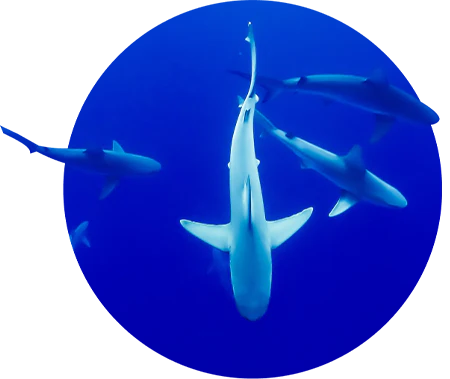
Gain knowledge of their amazing stories, where they came from, and best of all..
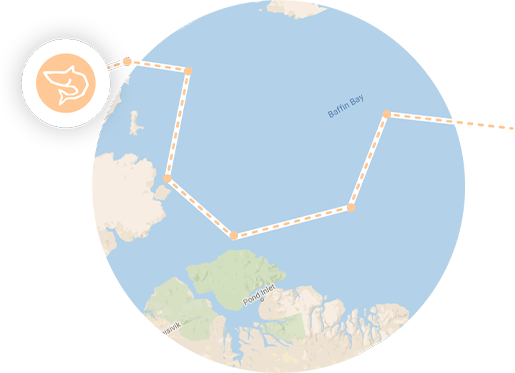
Follow their incredible voyage on an exclusive tracking map

In partnership with Saving The Blue
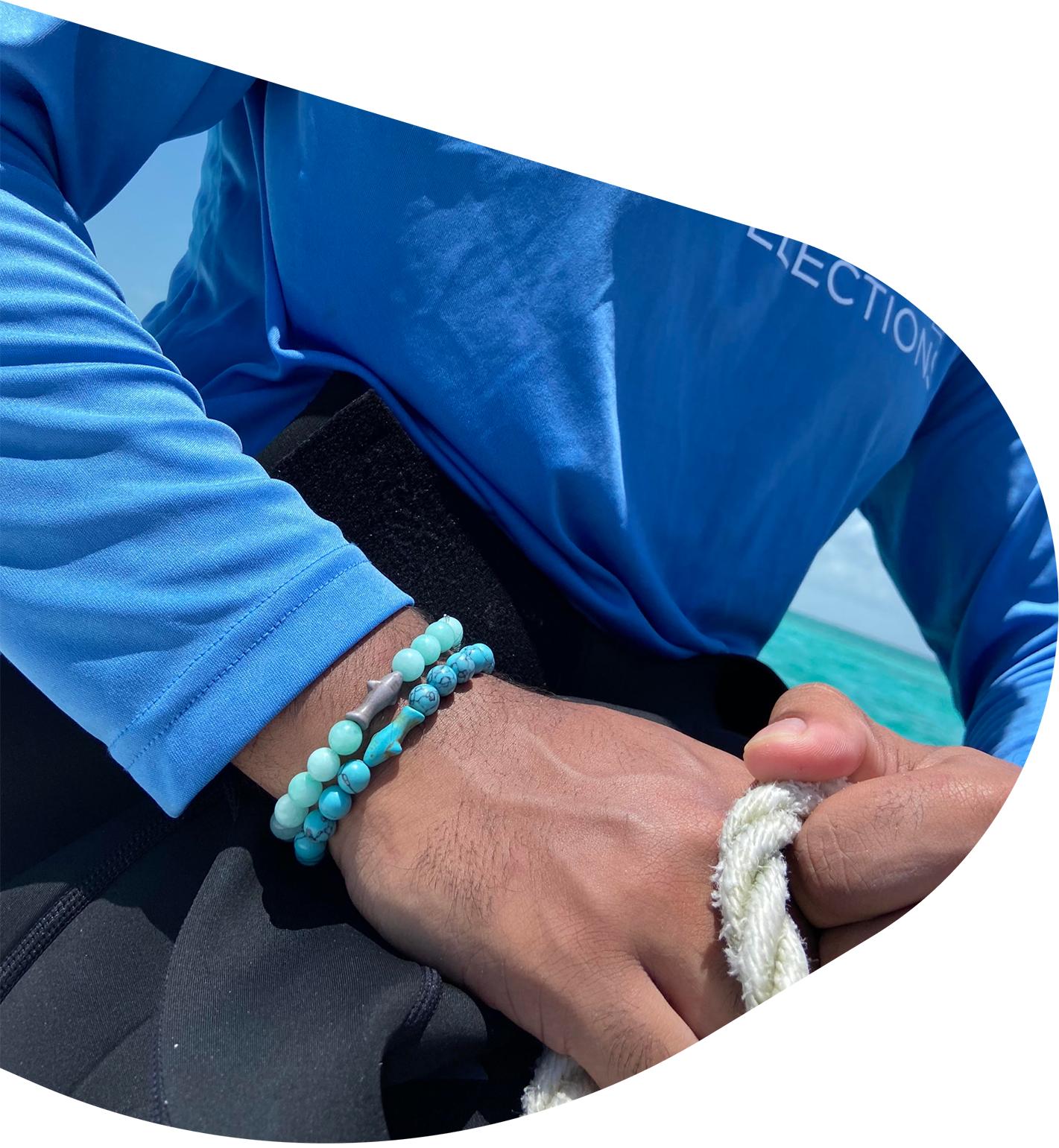
A portion of all proceeds are donated to Saving the Blue, who aims to recover and restore a variety of threatened marine species, including sharks, while connecting people to ocean wildlife
One small bracelet.
One big mission.
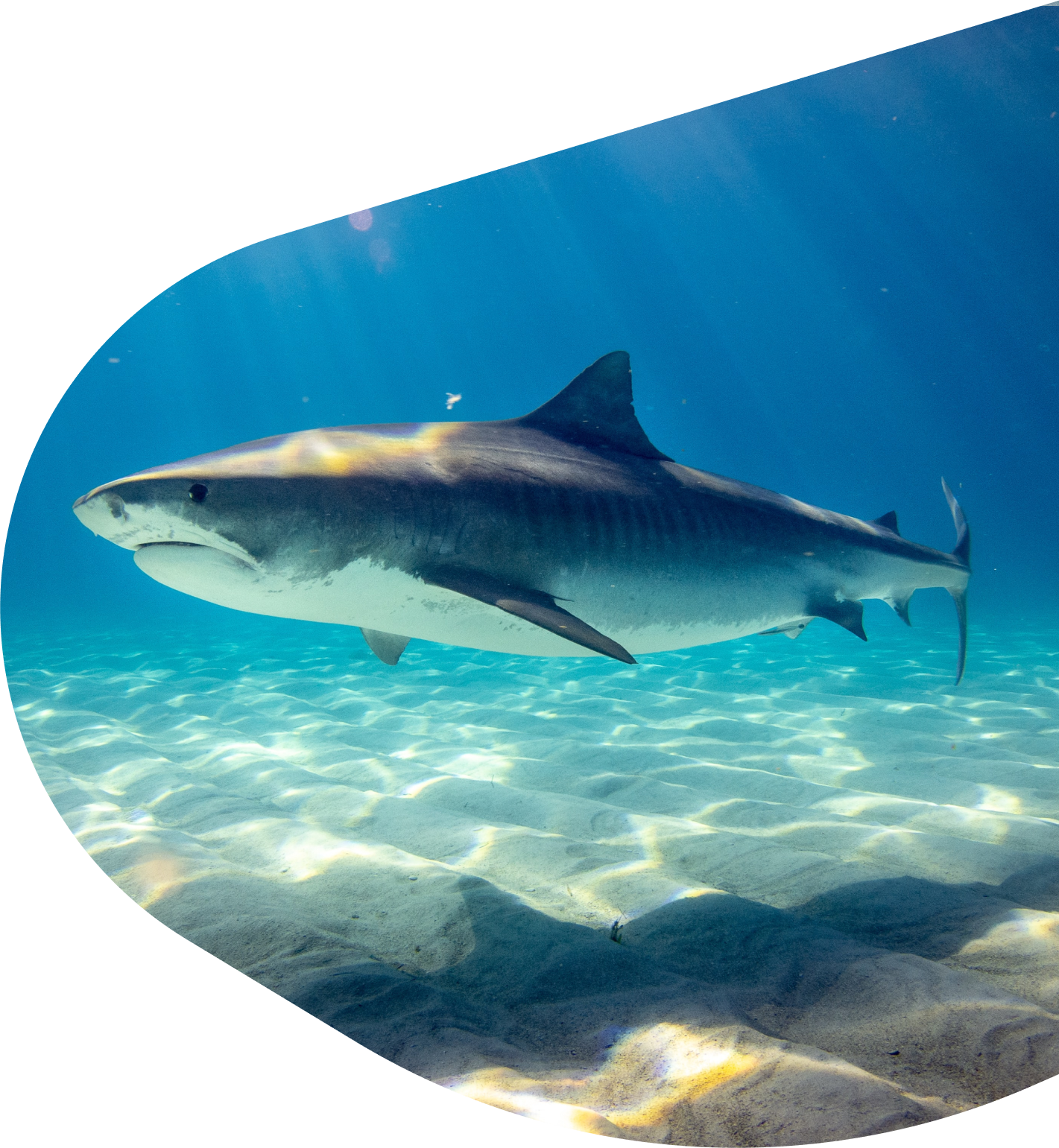
Common Questions
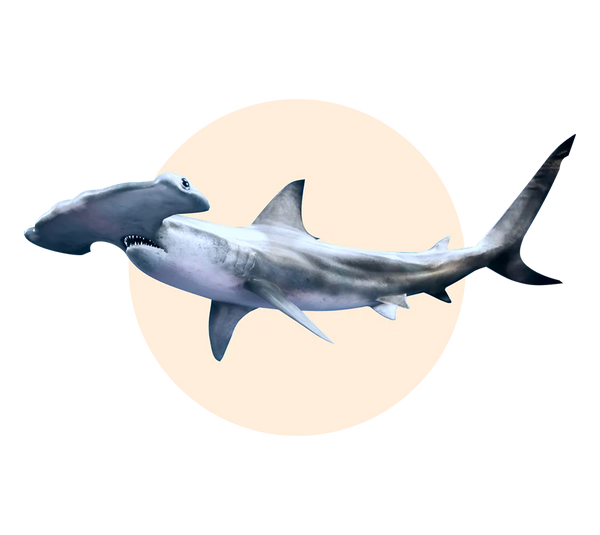







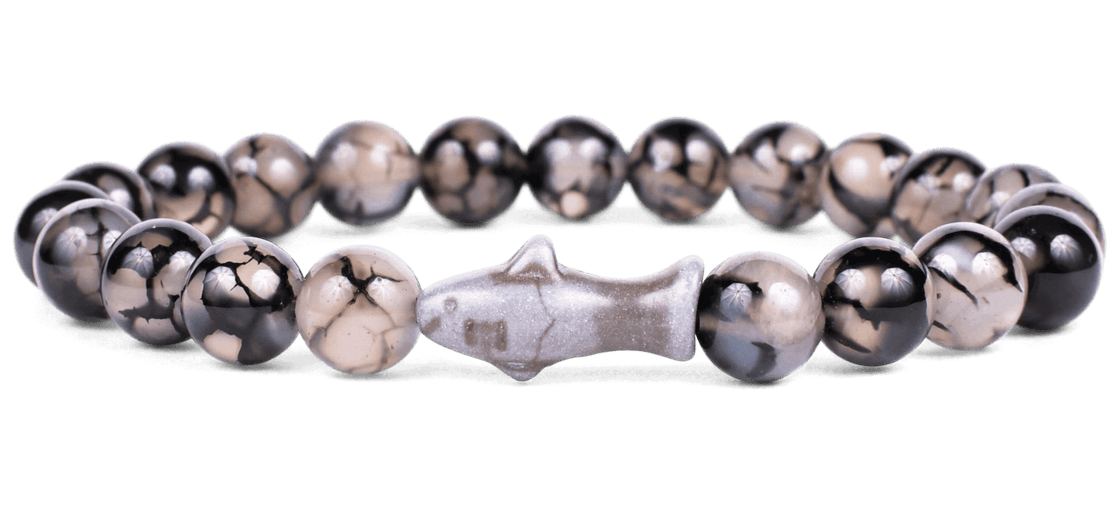



 If you add 3 or more, you get free shipping!
If you add 3 or more, you get free shipping! Each order helps support the Saving the Blue
Each order helps support the Saving the Blue Sizing: Elastic, one size fits most
Sizing: Elastic, one size fits most SSL Secure Checkout
SSL Secure Checkout Worldwide Shipping
Worldwide Shipping Dedicated Customer Service
Dedicated Customer Service 100% Happiness Guarantee
100% Happiness Guarantee